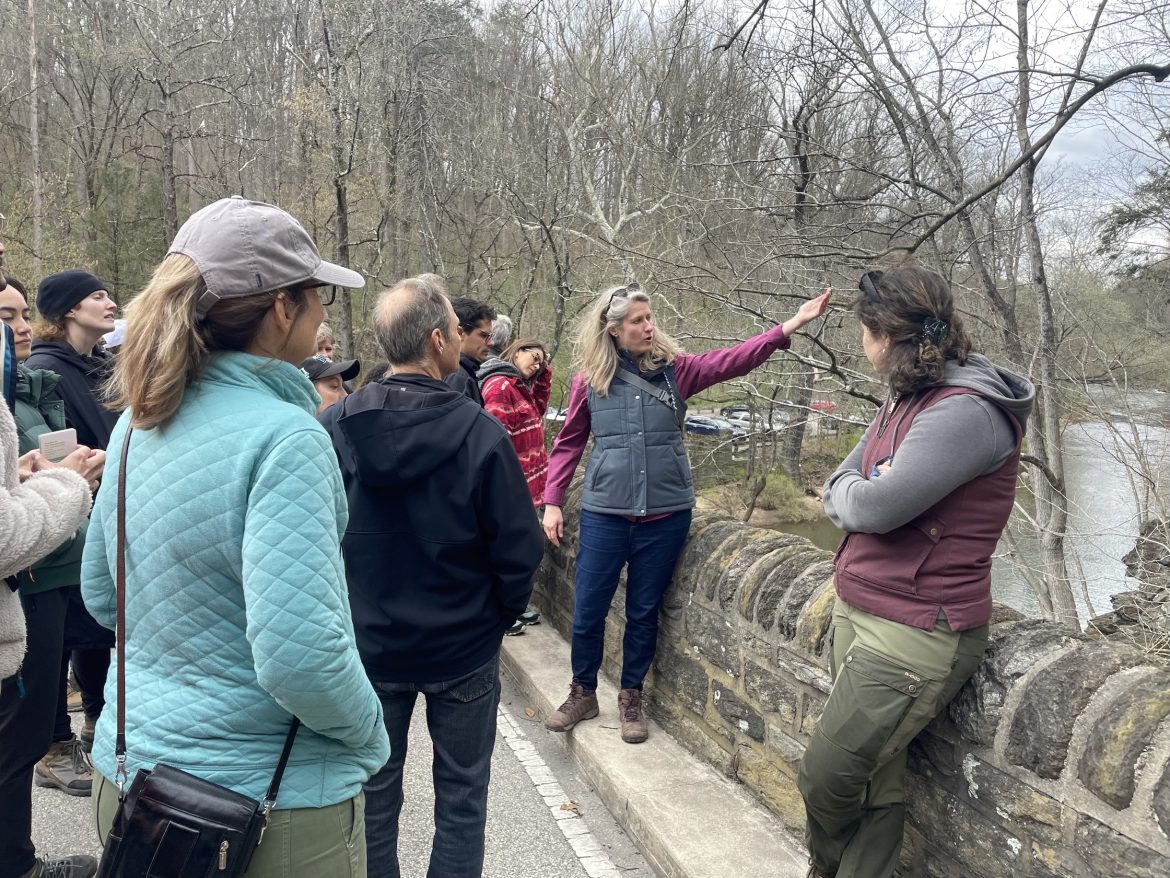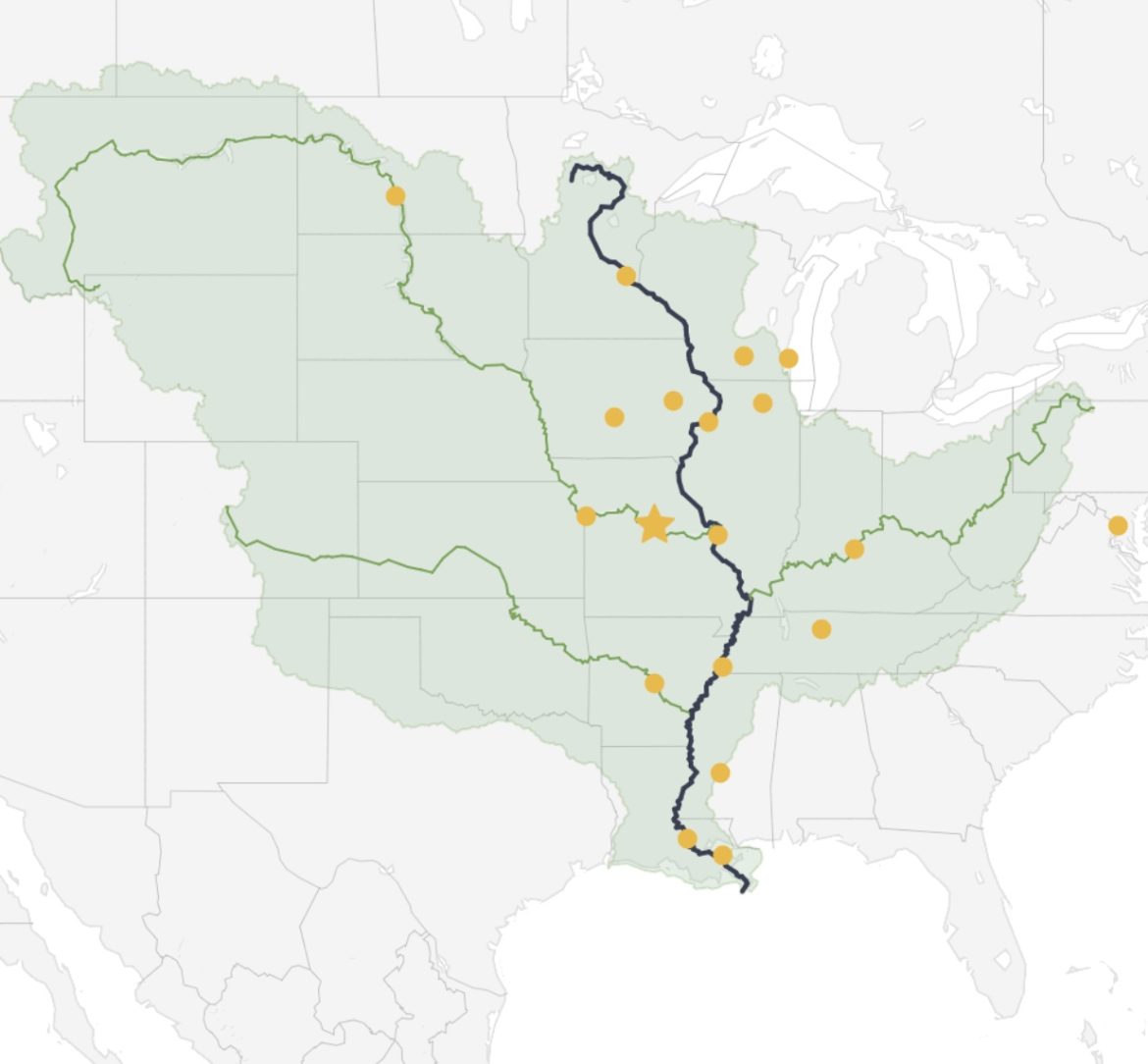By Shealyn Paulis
Editor’s note: This is one in a series of stories coming out of a recent meeting of the Society of Environmental Journalists in Philadelphia.

Ruffian Tittman of Friends of Wissahickon explains that the journalists touring Wissahickon Valley Park have arrived on opening day of trout season. Image: Shealyn Paulis
Nestled in the heart of an urban and busy city, Wissahickon Valley Park of Philadelphia provides a place for city dwellers to enjoy the sanctuary of nature.
A popular spot for outdoor enthusiasts, historians and even wedding-goers, the park houses over 50 miles of trails and encompasses over 2,000 protected acres along a stretch of the Wissahickon Creek as it passes through northwest Philadelphia.
Some Society of Environmental Journalists members had the opportunity to explore the greenery during their recent annual conference. Continue reading



 Environmental reporting experts at the recent Society of Environmental Journalists conference in Philadelphia discussed how to report on climate in a more productive way.
Environmental reporting experts at the recent Society of Environmental Journalists conference in Philadelphia discussed how to report on climate in a more productive way.